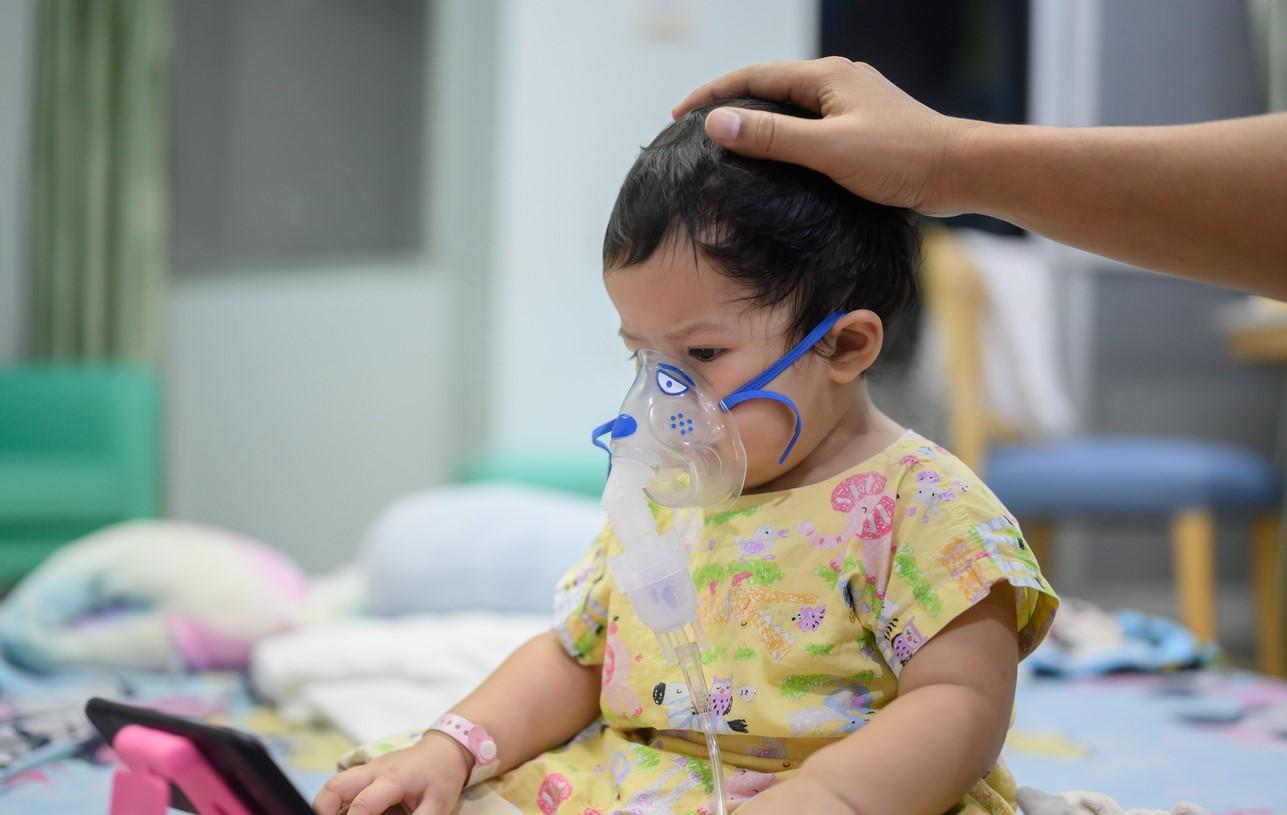A study of more than 4,100 US patients hospitalized with the post-COVID multisystem inflammatory syndrome in children (MIS-C) suggests that deaths, length of stay, adverse drug reactions, and the proportion of Black patients rose along with the number of organ systems involved.
MIS-C is a rare but serious COVID-19 complication characterized by an outsized inflammatory response arising roughly 1 month after infection, sometimes leading to cardiac conditions, the study authors noted. The study was published yesterday in JAMA Network Open.
Led by a researcher from the Agency for Healthcare Research and Quality (AHRQ), the study involved 4,107 MIS-C and COVID-19 patients younger than 21 years admitted to 4,057 hospitals in 31 states. The team analyzed data from the AHRQ's 2021 Healthcare Cost and Utilization Project to estimate MIS-C and COVID-19 complications, adverse drug reactions, costs, and Social Vulnerability Index scores.
Studied organ systems were cardiac, respiratory, neurologic, hematologic, gastrointestinal, musculoskeletal, kidney, and the mucous membranes/skin.
The authors said that the dataset on which previous MIS-C studies were based was limited because Centers for Disease Control and Prevention (CDC) surveillance relies on voluntary reporting by hospitals to state health departments, and most were limited to, at best, only 1,700 MIS-C patients at 66 hospitals in 31 states. The current study used a new International Statistical Classification of Diseases (ICD) diagnosis code established for reimbursement purposes in 2021 to provide more comprehensive data.
Deaths climbed from 1% to 6%
Median age among the 4,107 MIS-C patients was 9 years, 59.5% were male, 38.1% were White, and 24.3% were Black. Of the 23,686 patients with COVID-19 but not MIS-C, the median age was 15 years, 54.4% were female, 44.1% were White, and 20.5% were Black. The rate of MIS-C hospitalizations per 100,000 children per month was 1.48 (range, 0.97 per 100 patients in White children to 1.99 in Black patients).
The proportion of Black MIS-C patients was a bit higher than that among those with COVID-19 (24% vs 21%), but the share of Hispanic children didn't differ between the two groups. Risk factors for MIS-C hospitalizations were younger age, male sex, residence in a higher-income area. Medicaid paid for 51% of the MIS-C hospitalizations and 59% of those for COVID-19.
Among MIS-C patients, 8% had complications affecting 6 or more of the 8 organs, compared with 1% in COVID-19 patients. As the number of organ systems involved in MIS-C patients rose from 2 to 8, outcomes worsened. Deaths climbed from less than 1% to 5.8% in MIS-C patients and from less than 1% to 17.2% in those with COVID-19.
In patients with MIS-C involving eight organs, adverse medication reactions (eg, high blood glucose, muscle weakness, nausea) related to their illness (ie, glucocorticoids, immunoglobulin, antibiotics, diuretics, anti-high blood pressure drugs, and blood thinners) increased from 4.9% to 17.8%. Among COVID-19 patients, such reactions grew from 1.2% to 13.4%.
Median length of hospital stay among MIS-C patients increased from 4 to 8 days and from 3 to 16 days for COVID-19 patients. Median MIS-C costs, determined using 2021 hospital-level Centers for Medicare & Medicaid Services (CMS) data, swelled from $16,225 to $53,359 and from $6,474 to $98,643 for COVID-19. The researchers estimated total hospital costs at $97 million, compared with $194 million for COVID-19.
The proportion of MIS-C patients who were Black doubled, from 16.2% to 31.7%, as the involved organ systems grew from 0 to 2 to 6 to 8, while the proportion among COVID-19 patients remained roughly the same (18.5% to 21.9%). MIS-C hospital stays rose 1 day for Black children living in the top 25% of socially vulnerable counties. There was no such disparity among COVID-19 patients.
Median MIS-C costs, determined using 2021 hospital-level Centers for Medicare & Medicaid Services data, swelled from $16,225 to $53,359 and from $6,474 to $98,643 for COVID-19.
"MIS-C was more common and severe than previously reported, with more racial disparities in outcomes than were seen in patients with COVID-19," the researchers wrote. "The findings of this study suggest that relying on mean outcomes for MIS-C from past studies can be misleading, since outcomes and disparities varied widely with the number of multiorgan dysfunctions."
Comprehensive study, with caveats
In a related commentary, Blake Martin, MD, of the University of Colorado School of Medicine, and colleagues note the more comprehensive nature of the study but point out important limitations.
"Of the 4057 hospitals in the data set, pediatric COVID-19 and MIS-C cases were only identified at 1921 (47.4%) and 362 (8.9%) hospitals, respectively, suggesting the possibility of inconsistent coding and underestimation of affected children," they wrote. "Furthermore, given universal SARS-CoV-2 testing of children being admitted to the hospital and asymptomatic or mild presentations of some children with COVID-19, it was not possible to determine whether COVID-19 caused hospitalizations."
They also said that ICD codes may not capture the true extent of adverse medical reactions and organ dysfunction.
Martin and colleagues called for additional research on topics such as why Black children made up an increasing proportion of MIS-C patients as organ involvement rose, the trajectory of symptoms from other affected organs after hospital release, and the mechanisms of social vulnerability in MIS-C.

















